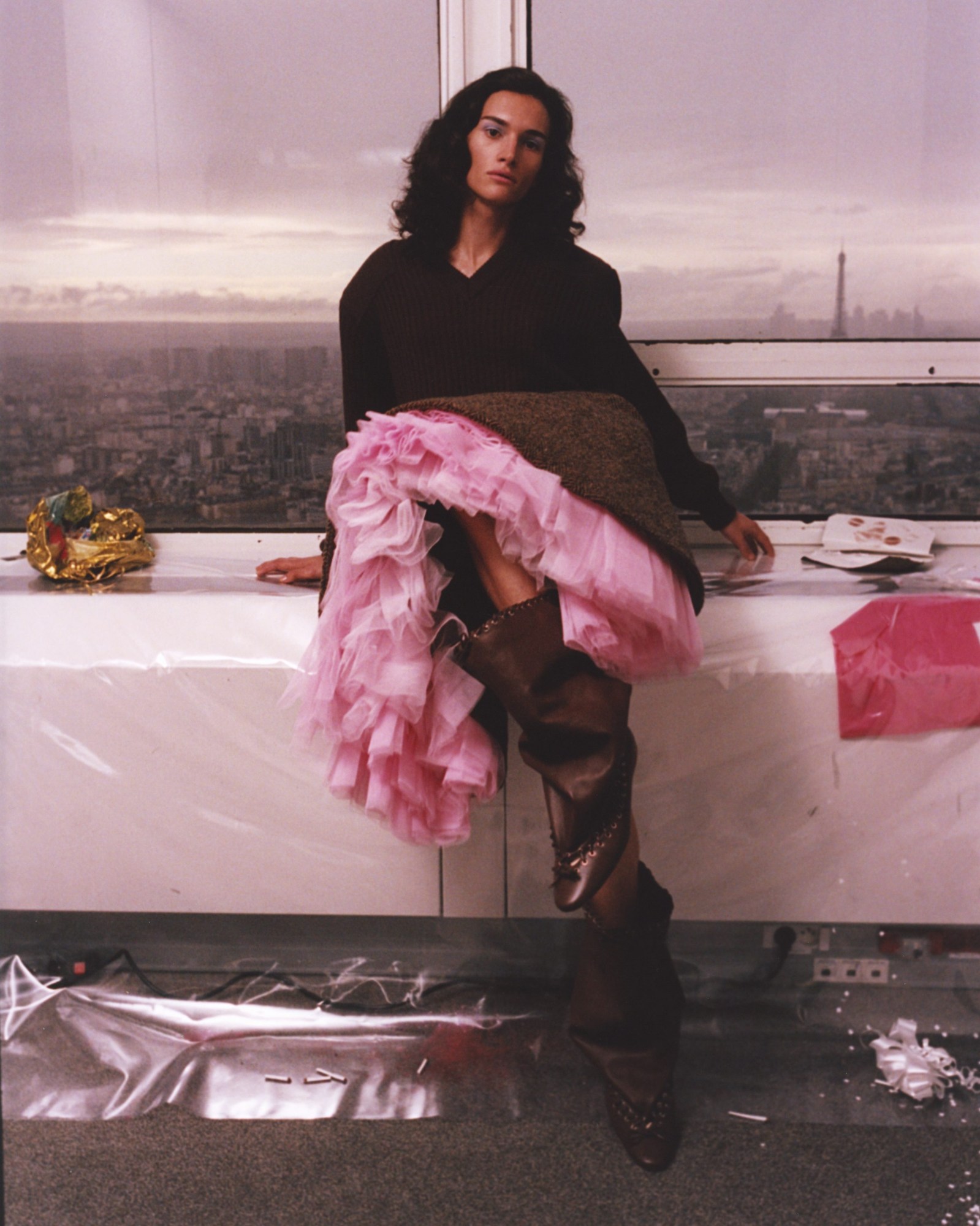All-In’s Spring 2025 collection is an ode to the working girl—served with a wink. Staged atop an empty office in Tour Montparnasse during Paris Fashion Week, with the Eiffel Tower glittering in the background, the show was a knockout. Styled by Lotta Volkova, models stomped down the elevated runway in souped-up, ultra-glam yet perfectly disheveled looks—Colin Jones (aka Col the Doll) had us gagged in a frilly pink polka-dot dress, while Issa Lish closed in a halter mini dress with a tiered lilac tutu. The atmosphere crackled with energy.
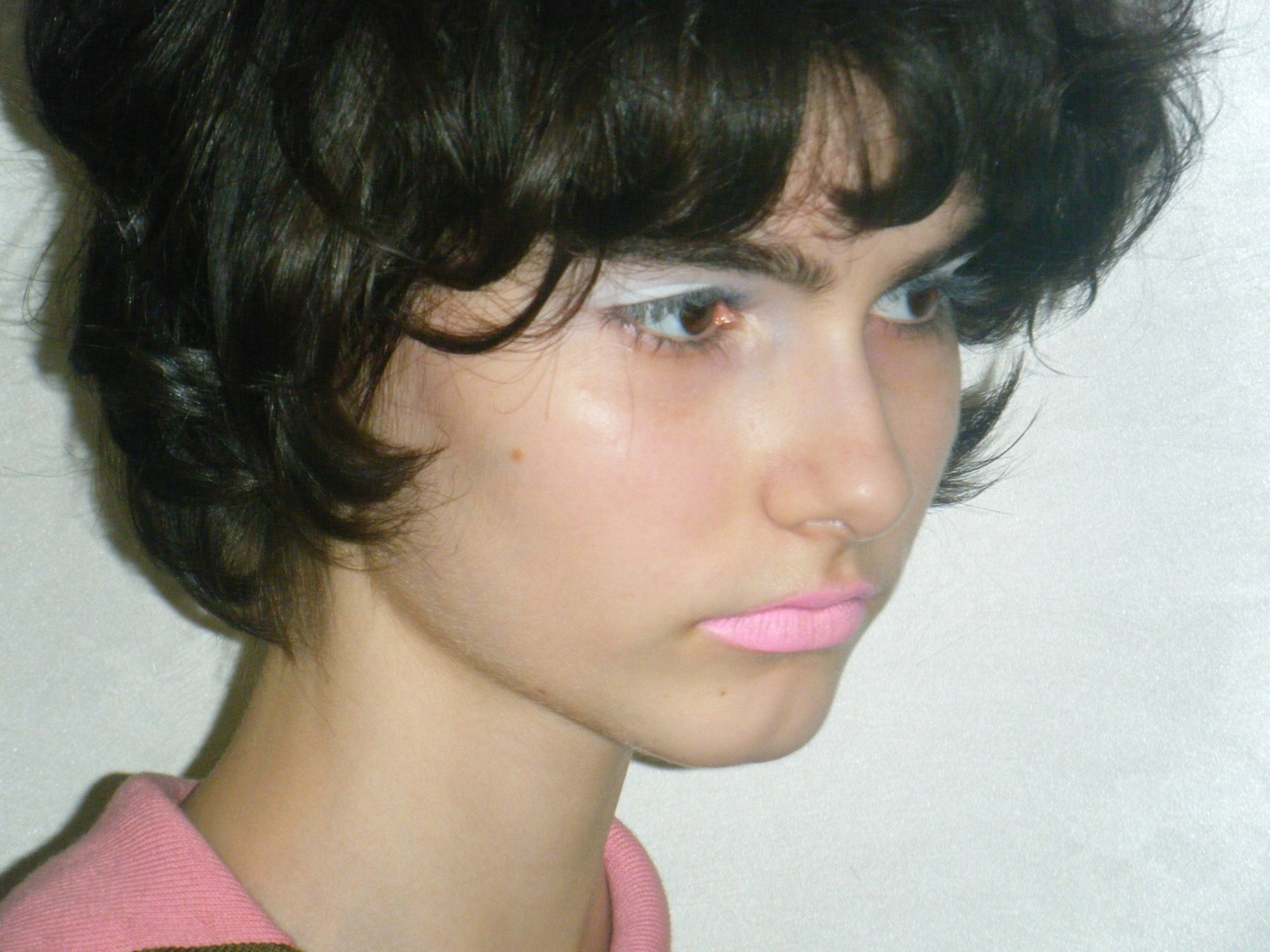
For the first time, All-In is releasing a printed publication—Uptown Girl—to accompany its latest collection, offering an intimate, alternative perspective. But this isn’t the brand’s first foray into publishing. Helmed by Benjamin Barron and Bror August Vestbø, the Paris-based label began as an editorial project in 2015 and has since evolved into a multi-media exploration of fashion, photography, and material objects. This project, presented in a transparent envelope, features unbound, full-bleed photography by Lengua, Cristina Stolhe, and Laia Bonastre, capturing raw, unfiltered moments from the show and beyond.
What makes Uptown Girl a compelling object is its ability to capture the ephemeral. As Barron and Vestbø recount, the publication wasn’t meticulously planned; rather, it emerged naturally in response to the images taken throughout the day of the show. “We felt like it needed to be some body of work that existed outside of social media,” Vestbø explains. The photographs span from early-morning preparations in the empty office cubicles to post-show decompression, encompassing an entire emotional and aesthetic arc.
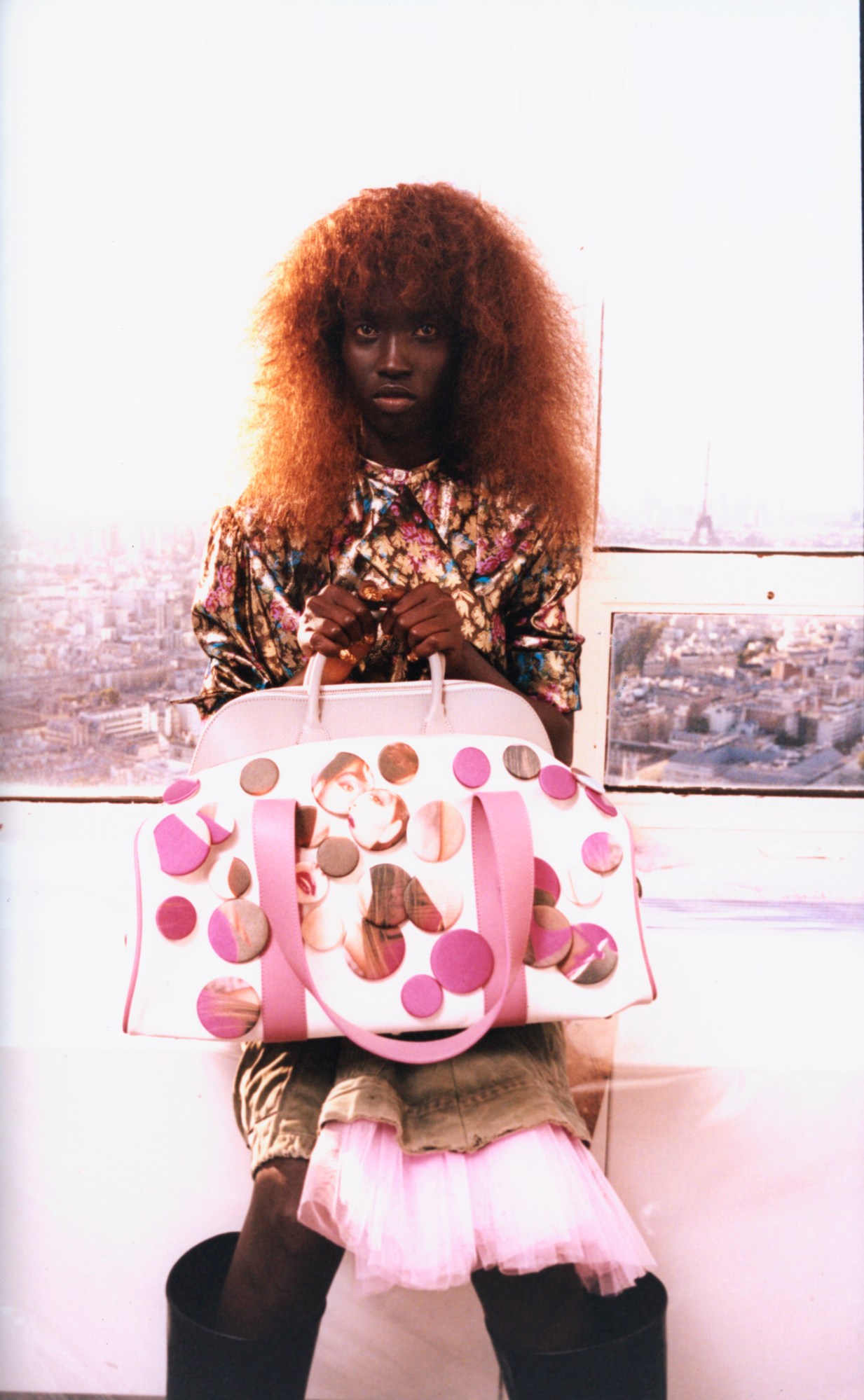
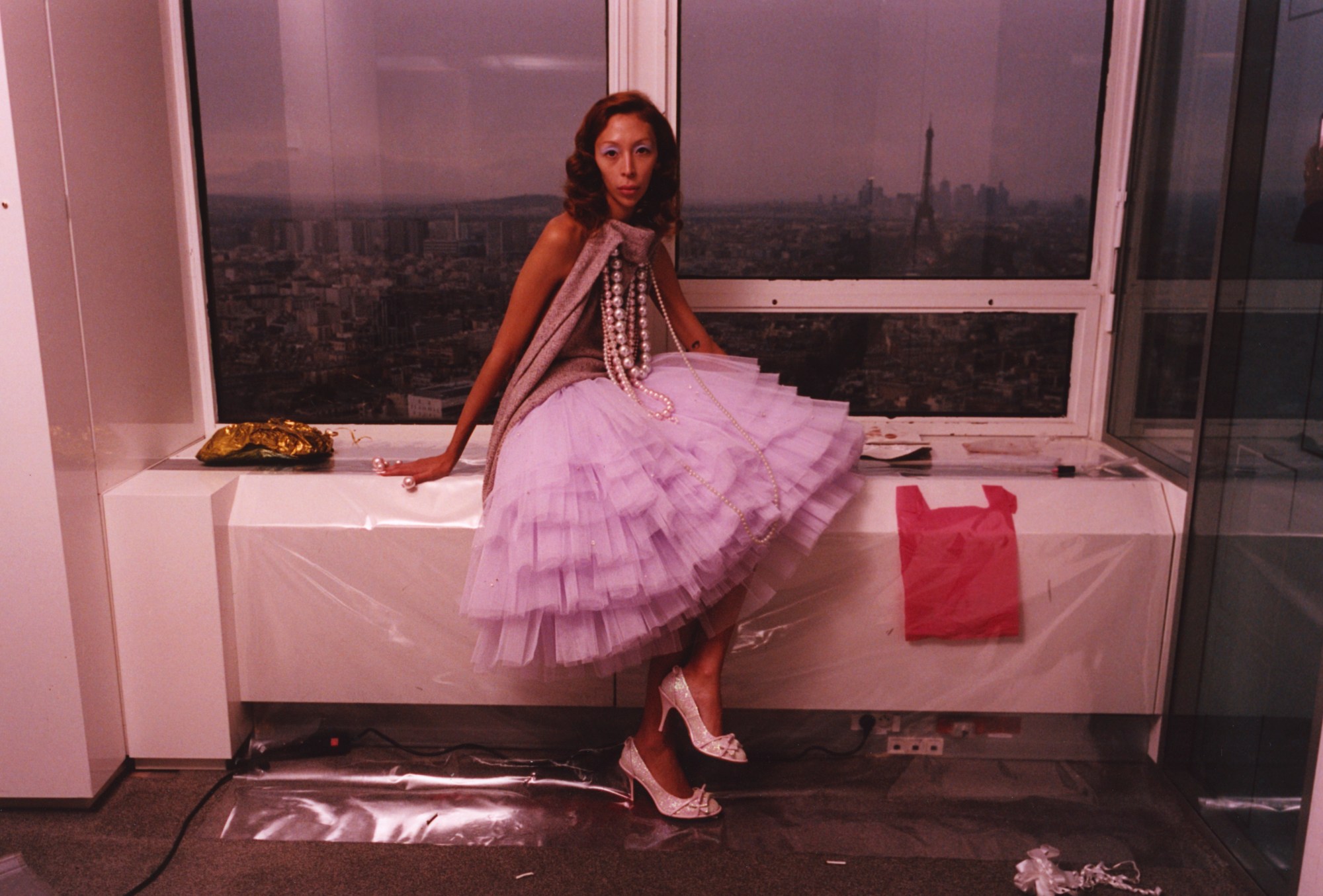
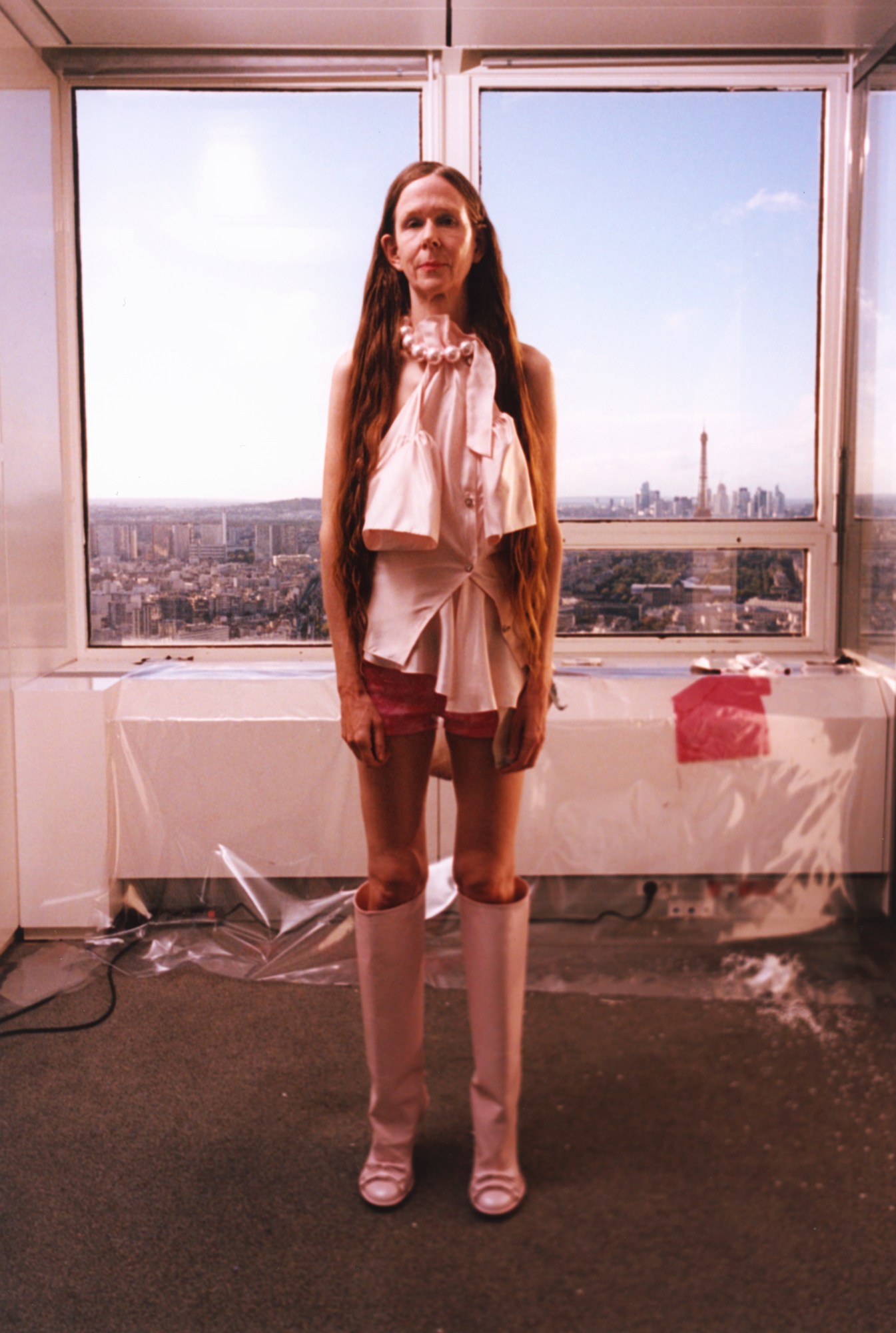



Lengua, one of the contributing photographers, describes the process as an organic extension of his longstanding collaboration with All-In: “I joined the team in the morning, we worked with Beatrice Bonino in one of the available rooms, and I took photographs of everyone before and after the show. What you see in this project is a very small selection.” But within that selection, an entire narrative unfolds—one shaped as much by the models and the clothes as by the shifting light and panoramic views of Paris. “The weather kept changing drastically every hour, so in the images, it feels like we were shooting over the course of a week,” Lengua adds.
For Stolhe, the approach was more instinctual, describing her process as a “chaotic meditation.” Rather than setting out with a specific aesthetic in mind, she prioritised being present, capturing the energy of the day as it unraveled. “You don’t know what is actually happening until you see through the picture,” she notes.
Bonastre, whose background is in art direction and book editing, sees Uptown Girl as a rare physical artifact in today’s digital landscape. “To print a publication on show and backstage imagery in this way is very special. I love the format—unbound photographs that shape a collective memory but are strong enough to stand alone as singular images.” Her photos, taken on a borrowed 2000s toy camera, carry a gritty authenticity that resonates with the brand’s ethos of juxtaposing high fashion with everyday reality.

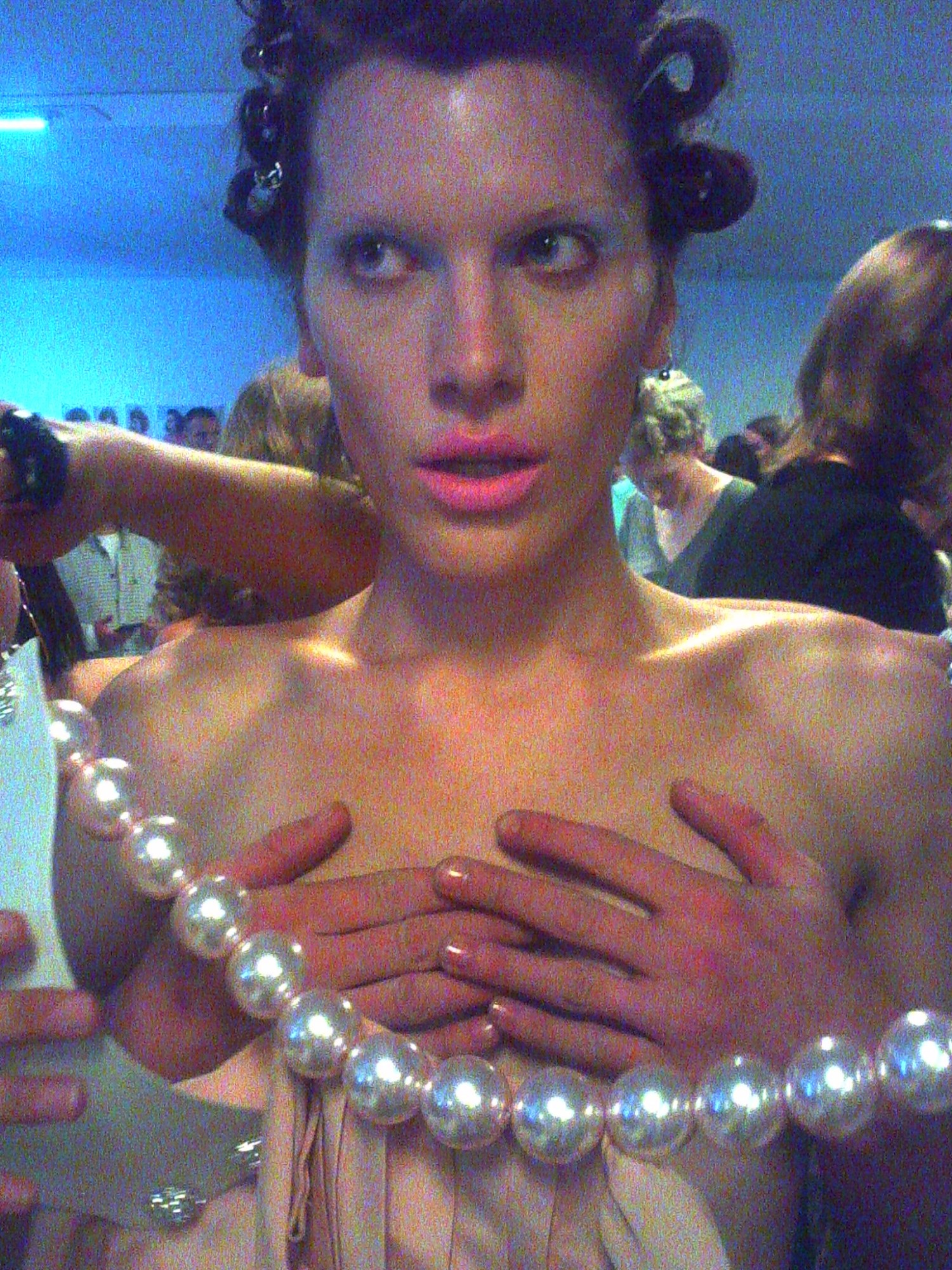
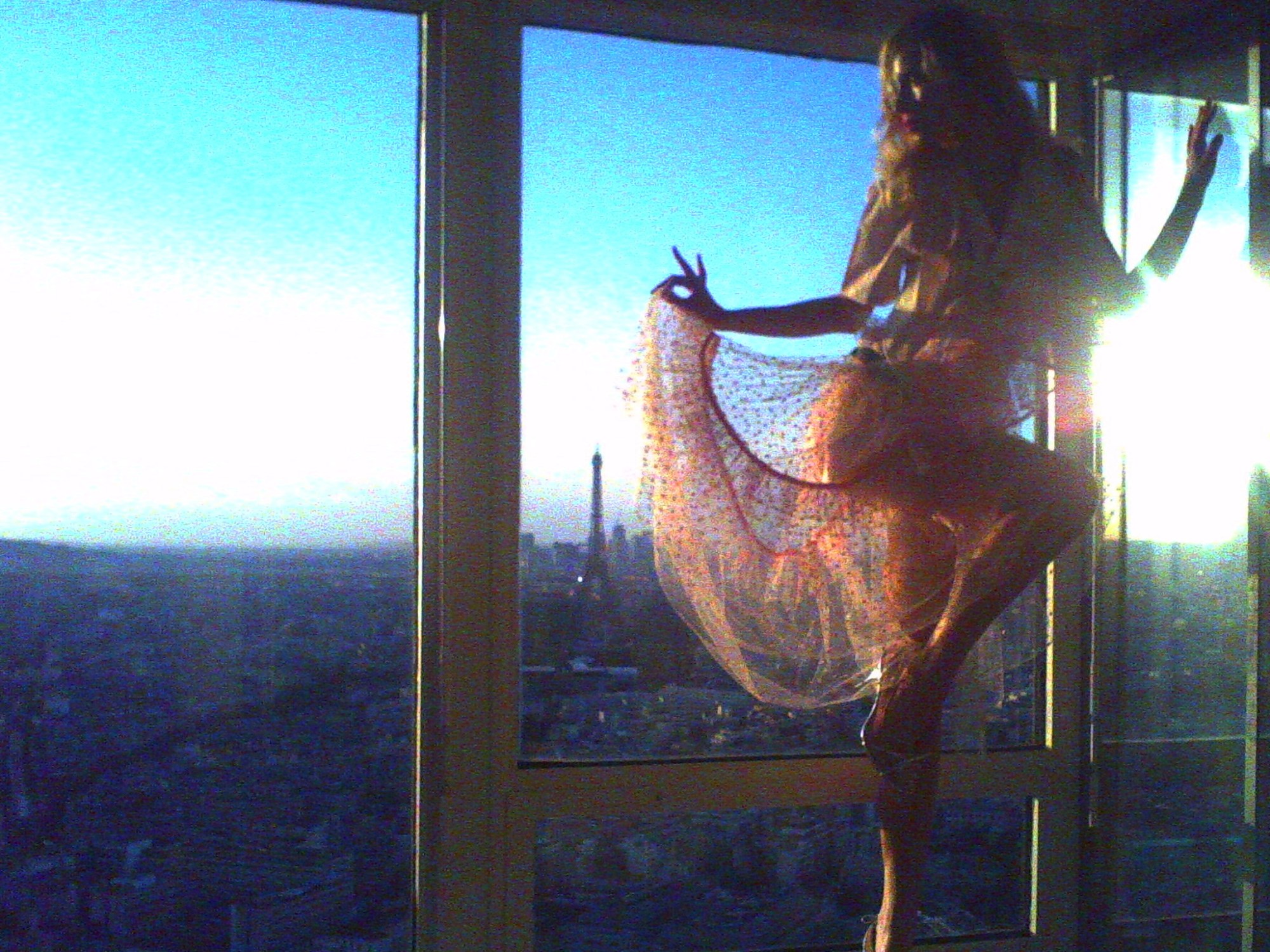



Beyond its visual impact, the design of Uptown Girl reinforces its conceptual framework. The transparent envelope—a nod to the corporate setting of the show—contains loose sheets of photography, a facsimile of the press release written by Natasha Stagg, and scattered elements like confetti and a curled ribbon. “We generally like to print photographs in loose-leaf sheets so that they can stand on their own, be put on a wall, or be collected in a way that feels personal,” Barron shares.
This notion of archiving, of extending the lifespan of a show beyond its 10-minute presentation, is central to All-In’s philosophy. Uptown Girl doesn’t just document a collection; it preserves the intangible—conversations, glances, the weight of a memory. “There is something a bit sad about how fleeting a show is,” Vestbø admits. “This is a way to honour that moment, to make it last.”
